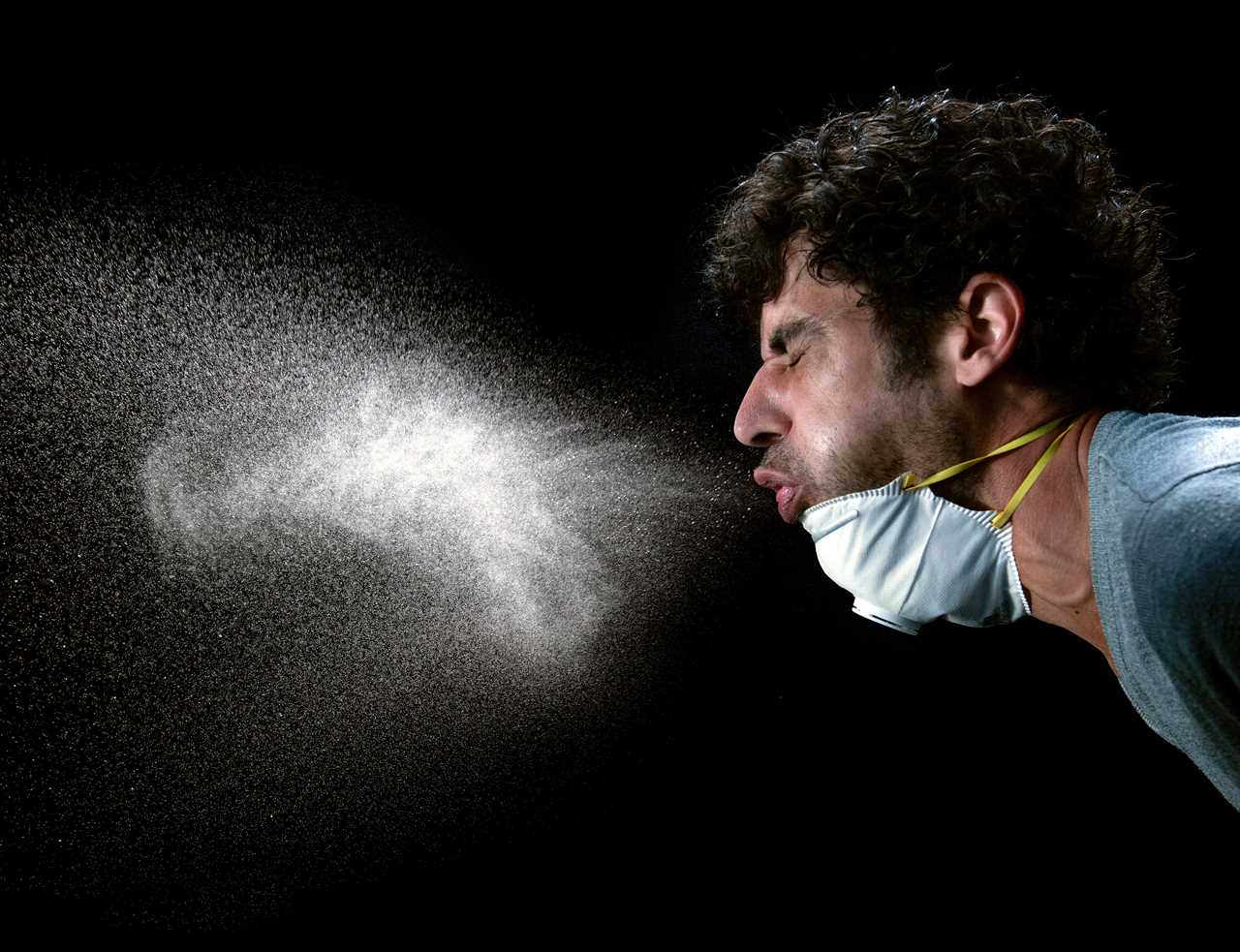AS a new Covid variant picks up pace in the UK, it’s best to be wary of the symptoms.
The strain is a sub-variant of Omicron, called BA.2, and is shown to be more infectious – but does not appear to be more severe.

Experts in Denmark predict that BA.2 spreads 1.5 times faster than the Omicron that took over in December, called BA.1.
And given that Omicron is faster than Delta, and all the strains before it, it makes BA.2 a “super” strain.
It could be more than seven times more contagious than the Covid strain from 2020, said American scientist William Haseltine, who was a professor at Harvard Medical School.
He wrote in Forbes: “After some quick calculations, BA.2 is at least seven and a half times more transmissible than the original Wuhan isolate, on par with the most infectious diseases ever described!”
Meanwhile, the UK Health and Security Agency (UKHSA) said last Friday BA.2 “has an increased growth rate compared to BA.1 in all regions of England”.
And they said early findings show you are more likely to catch BA.2 off someone you live with than BA.1.
Fortunately, there is no sign BA.2 causes more severe disease, like its Omicron relatives. This is likely an effect of the life-saving vaccines.
A person infected with Omicron (BA.1) is half as likely to end up in hospital than with Delta, according to one study of Brits in December.
To get the optimal protection against severe disease, a booster vaccine shot is crucial, health authorities repeatedly say.
Only three doses have been shown to be protective against the Omicron strains, with a triple-jab 70 per cent effective against BA.2.
But vaccination can’t prevent every Covid case, meaning thousands are testing positive for mostly mild infection every day.
Prof Haseltine, among other experts, have said even if the disease is more mild, the sheer number of cases could spell trouble.
He said: “Ultimately, BA.2 poses a similar, if not more significant, threat than its more pervasive sibling BA.1 [Omicron].
“All indications suggest at least 1.5 times as transmissible as BA.1.
“If the virulence of this strain remains the same or is more severe, it could yield more infections, hospitalisations, and deaths than any previous point of the pandemic.”
So far, there is no indication that hospitalisations or deaths are rising in response to BA.2.
In any case, these indicators would only go upwards with a lag behind a surge in infection rates.
The current Covid outbreak picture is stable. Cases are flat at roughly 100,000 per day, after tumbling from a peak of 200,000 in January.
Hospitalisations and deaths grew when Omicron took over around the New Year, but never reached heights seen in the first and second waves.
The symptoms to watch for
Data from the COVID-19 Genomics UK Consortium (COG-UK) shows that there have been 5,600 detections of BA.2 in the UK so far.
While this is growing at a fast rate, health chiefs need more time to study BA.2, and how it might compare to other strains.
For now, the Covid symptoms consistently showing in Brits remain the same and most commonly are:
- Runny nose
- Headache
- Fatigue
- Sore throat
- Sneezing
- Persistent cough
- Hoarse voice
- Other
- Unusual joint pains
- Chills or shivers
- Fever
- Dizzy
- Eye soreness
- Brain fog
- Unusual muscle pains
- Altered smell
- Skipped meals
- Swollen glands
- Chest pain
- Earache
The data is from the ZOE COVID Symptom Study app.
It comes as a new study has shown that Covid symptoms kick in just two days after infection.
The findings supported that a stuffy or runny nose, sneezing and sore throat were common features.
Some people also had headaches, muscle/joint aches, tiredness and fever.
But a loss of taste or smell was not reported by study participants until around a week after respiratory symptoms.
While the study was conducted with the Wuhan Covid strain, experts believe the findings would also apply to the Delta and Omicron variants.






